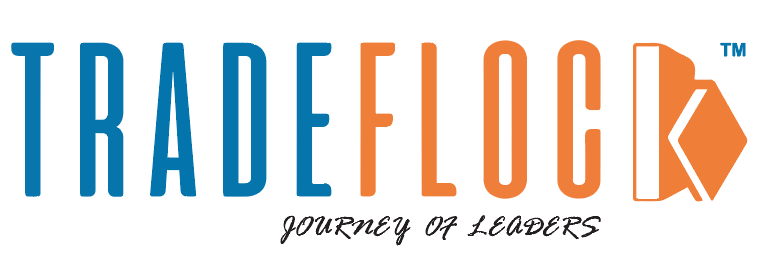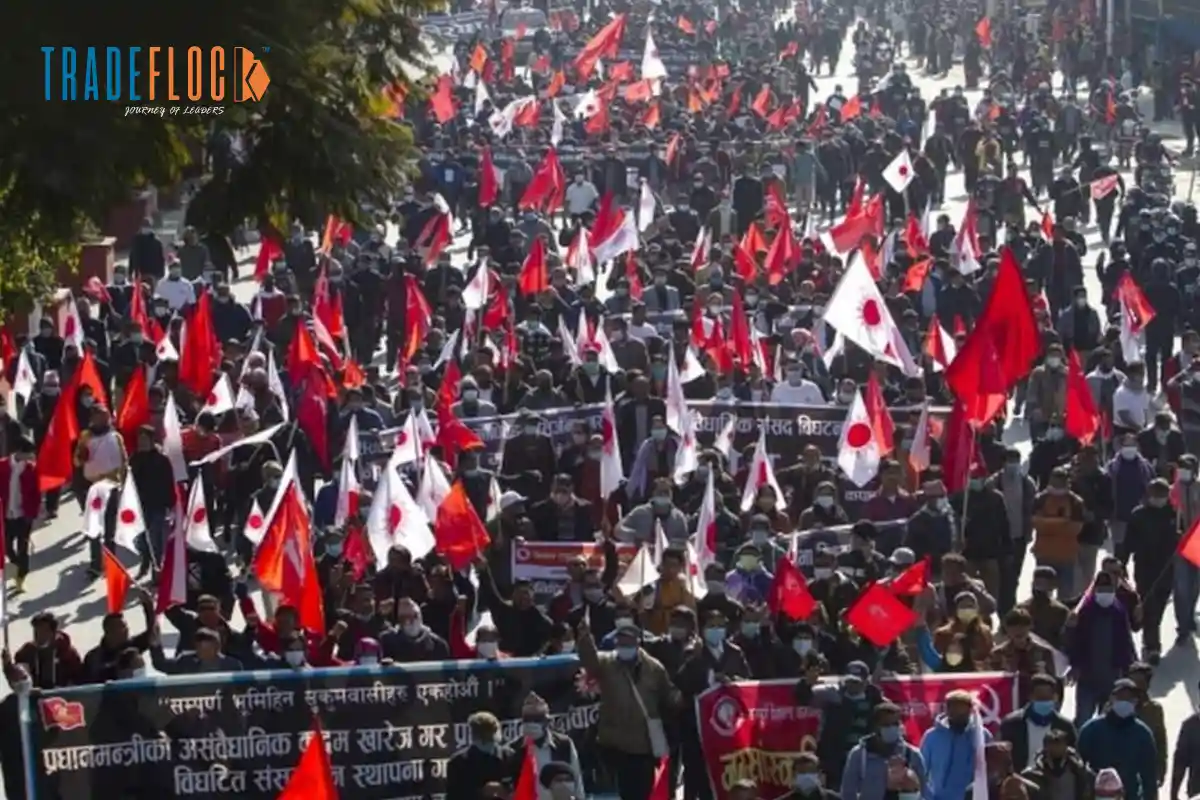The year 2025 turned out to be the scene of an unprecedented youth rebellion in Nepal. Jolted by government policies that are viewed by many as excessive, most notably a ban on large social media providers, the Gen Z protests have quickly transformed into a mass movement that is demanding an end to corruption, accountability in governance, and economic opportunity. The political terrain of Nepal is changing, and these effects are being experienced at all levels of society, as tensions are rising.
Table of Contents
The Trigger: Social Media Ban and Online Outrage
On September 4, 2025, the Nepal government ordered 26 social media platforms, including Facebook, Instagram, WhatsApp, YouTube, X (formerly Twitter), and Snapchat, to register under stricter terms or face blocking. The platforms missed the deadline, leading to a ban aimed at curbing misinformation and abuse. Many young people saw it as censorship, not effective control.
Online outrage grew with hashtags like #NepoBabyNepal and # GenZNepal condemning nepotism, political elites’ privileges, and disparities between elites and the poor. This cyber rage spilt into the streets in Kathmandu, Pokhara, Biratnagar, and other towns, with thousands, mainly students, protesting with banners like’ Youth against corruption’ and’ Bring back social media’.
From Screen to Street: Protests Escalate
Initially, protests were peaceful in places like Maitighar in Kathmandu, led by youth groups such as Hami Nepal. Organisers used social media, even banned ones, to arrange meetings. However, when protesters entered Parliament and broke police lines, violence erupted. The government responded with tear gas, water cannons, rubber bullets, and live fire in some areas. At least 19 deaths and hundreds of injuries were reported during clashes, confirmed by officials.
Curfews were imposed across towns, Kathmandu, and Pokhara, with military guarding streets, shutting stores and offices, turning some districts into chaos. As images and videos of bloodied protesters circulated globally, the government lost control of the narrative, increasing internal and external pressure.
Political Consequences: Quitting and Organisational Crisis.
The administration of Prime Minister KP Sharma Oli, which was increasingly becoming scrutinised, became the target. Coupled with the calls to resign, the opposition side demanded the dissolution of Parliament, the prosecution of officials, and the release of protesters held in custody.
After the turmoil, Oli and several ministers resigned, though there is still no political stability. The movement of protests has also raised the debate about the interim leadership, which would be headed by people such as the former Chief Justice, Sushila Karki. Gen Z leaders are said to have held talks with the military.
Underlying Causes: Corruption, Economic Anxiety, and Generational Divide
Though the social media ban sparked protests, underlying dissatisfaction was growing. Nepali youth are frustrated with high unemployment, limited opportunities, and corruption among elites and political nepotism. The’ nepo baby’ trend highlighted children of powerful politicians flaunting wealth, while services and jobs remain scarce for ordinary people. Many protesters wonder why the government prioritises censoring speech over improving living standards.
Economic pressures are urgent; rising inflation has worsened living conditions, making education and housing unaffordable for many. Some depend on remittances abroad, but this balance may shift. The protests reflect a generation demanding real justice, not just online symbols.
Social Media, Messaging and Mobilisation.
It took ingenuity to organise the protests. Despite prohibitions and online censorship, Gen Z protesters resorted to alternative methods such as live streams, VPNs, and offline networks to coordinate themselves. These activists had been digitalising for years, but this was the moment when the keyboard was truly put to use. Protest safety, crowd behaviour, and route planning were managed by groups like Gen.Z Nepal and Hami Nepal.
Uniforms, books, and school schedules became symbols. Supported by celebrities and political figures in opposition, their role was more about showing solidarity than providing leadership. The movement emphasised independence from political parties and aimed to maintain credibility by remaining youth-led.
The Cost: Lives, Liberty, and Policy Change
The human cost has been high. Estimates show that at least 30 people died (including protesters and police), and there were more than 1,000 arrests. Different buildings, such as Parliament and government offices, were attacked. Ordinary life was disrupted by curfews. Air travel and air traffic were suspended.
This social media ban was later lifted when most of the pressure had built up and the government realised it had underestimated the people’s anger. The questions still concern accountability. Activists are seeking investigations into the use of force; some demand the resignation of officials, reparation for the victims, and broader reforms. The fact remains that people may forget the government’s promises if they shift their attention elsewhere.
What Comes Next?
The political system of Nepal, involving coalition instability and concentration of power in elderly leaders, is being questioned. The protests believe that Gen Z cannot simply return to silence. Their demands include not only the recovery of digital freedoms but also increased transparency, reduction of nepotism, reform of the rule of law, and economic opportunities that their elders have failed to provide.
Some changes are already noticeable: the social media ban has been lifted; Prime Minister Oli is no longer in office. However, on a broader level, Nepal is undergoing a generational reckoning. Constitutional norms are being redefined, the legitimacy of political elites is in doubt, and there is a push for the alignment of youth prospects with political performance.
Gen Z’s Moment in Nepal
In 2025, Gen Z protests go beyond street demonstrations, marking a break-even point: they oppose censorship, government control, and traditional elitism. Sparked by digital platform policies, Nepalese youth mobilise against corruption, demanding accountability and opportunity, disrupting politics.
Nepal is at a crossroads; current efforts, crackdowns, dialogue, and reform will determine if protests lead to lasting change or political stagnation. For Gen Z, Nepal is their country; they seek a government that not only tolerates but inspires trust.






